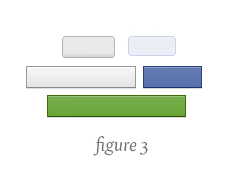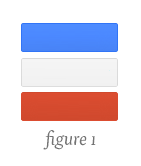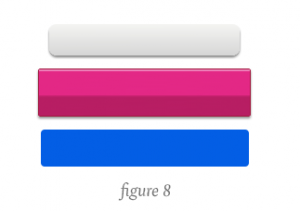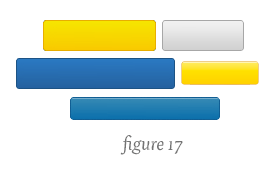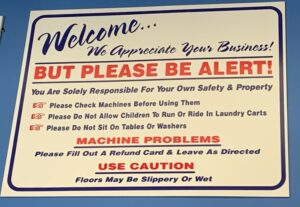Especially if we also take a look at what the major brands out there are using, a lot of their color choices become a lot more obvious. Clearly, everyone of these companies is seeking to trigger a very specific emotion:
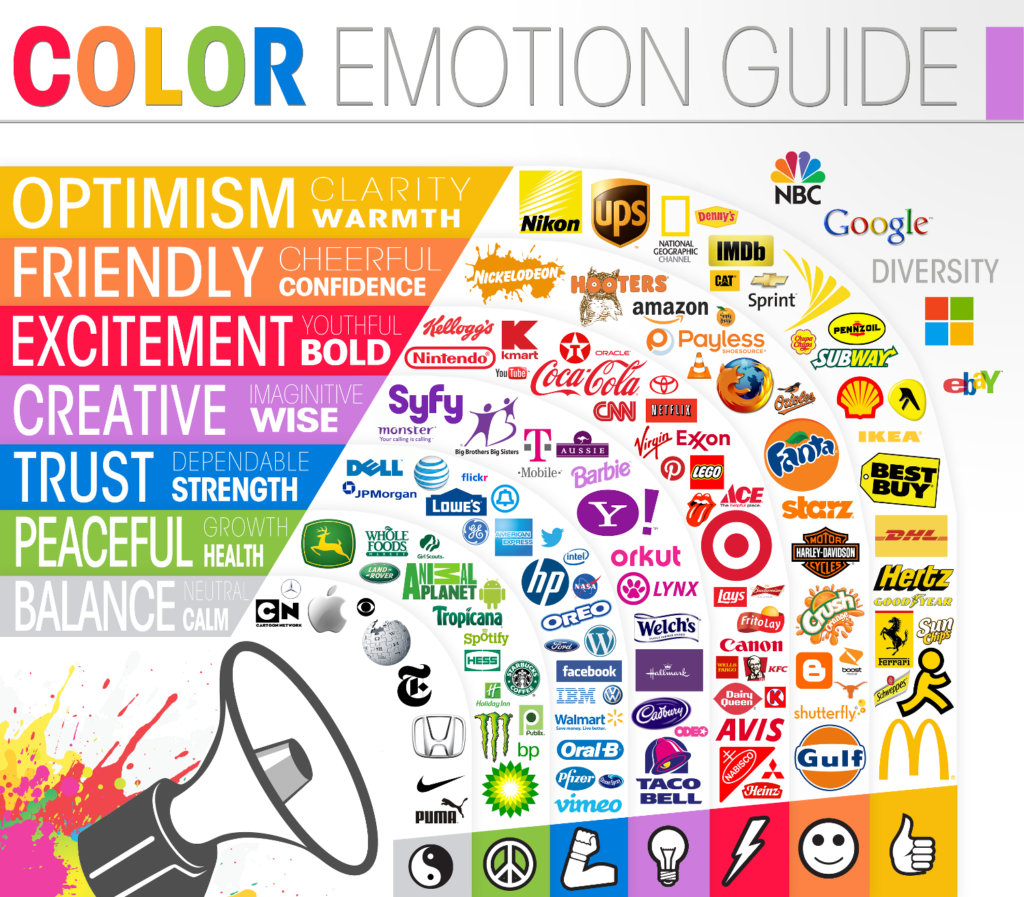
On top of that, especially when we want to buy something, the colors can play a major role. Analytics company KISSmetrics created an amazing infographic on the science of how colors affect our purchases.
Especially the role of “Green” stands out to me as the most relaxing color we can use to make buying easier. We didn’t intentionally choose this as the main color for Buffer actually, it seems to have worked very well so far though.
At second look, I also realized how frequently black is used for luxury products. It’s of course always obvious in hindsight. Here is the full infographic:
How to improve your marketing with better use of colors:
This all might be fairly entertaining, but what are some actual things we can apply today to our website or app? The answer comes yet again from some great research done by the good folks over at KISSmetrics.
If you are building an app that mainly targets Women, here is KISSmetrics best advice for you:
- Women love: Blue, Purple, and Green
- Women hate: Orange, Brown, and Gray
In case your app is strictly targeting men, the rules of the game are slightly different. Here it goes:
- Men love: Blue, Green, and Black
- Men hate: Brown, Orange, and Purple
In another amazing experiment Performable (now HubSpot) wanted to find out whether simply changing the color of a button would make a difference to conversion rates.
They started out with the simple hypothesis of choosing between 2 colors (green and red) and trying to guess what would happen.
For green, their intuition was this:
“Green connotes ideas like “natural” and “environment,” and given its wide use in traffic lights, suggests the idea of “Go” or forward movement.”
For red, their thinking went like this:
“The color red, on the other hand, is often thought to communicate excitement, passion, blood, and warning. It is also used as the color for stopping at traffic lights. Red is also known to be eye-catching.”
So, clearly an A/B test between green and red would result in green, the more friendly color to win. At least that was their guess. Here is how their experiment looked like:
So how did that experiment turn out? The answer was more surprising than I had expected:
The red button outperformed the green button by 21%
What’s most important to consider is that nothing else was changed at all:
21% more people clicked on the red button than on the green button. Everything else on the pages was the same, so it was only the button color that made this difference.
This definitely made me wonder. If we were to read all the research before this experiment and ask every researcher which version they would guess would perform better, I’m sure green would be the answer in nearly all cases. Not so much.
I’ve also conducted dozens of experiments to improve my conversion rates through changes of colors. Whilst the results weren’t as clear, I still saw a huge change. One hypothesis is that for a social media sharing tool, there is less of a barrier to signup, which makes the differences less significant.
Despite all the studies, generalizations are extremely hard to make. Whatever change you make, treat it first as a hypothesis, and see the actual experiment what works for you. Personally, I’m always very prone to go with an opinion based on what I read or research I’ve come across. Yet, data always beats opinion, no matter what.
Quick last fact: Why are hyperlinks blue?
This is something that always interested me and is actually a fun story. It’s to give the best contrast between blue and the original grey of websites:




